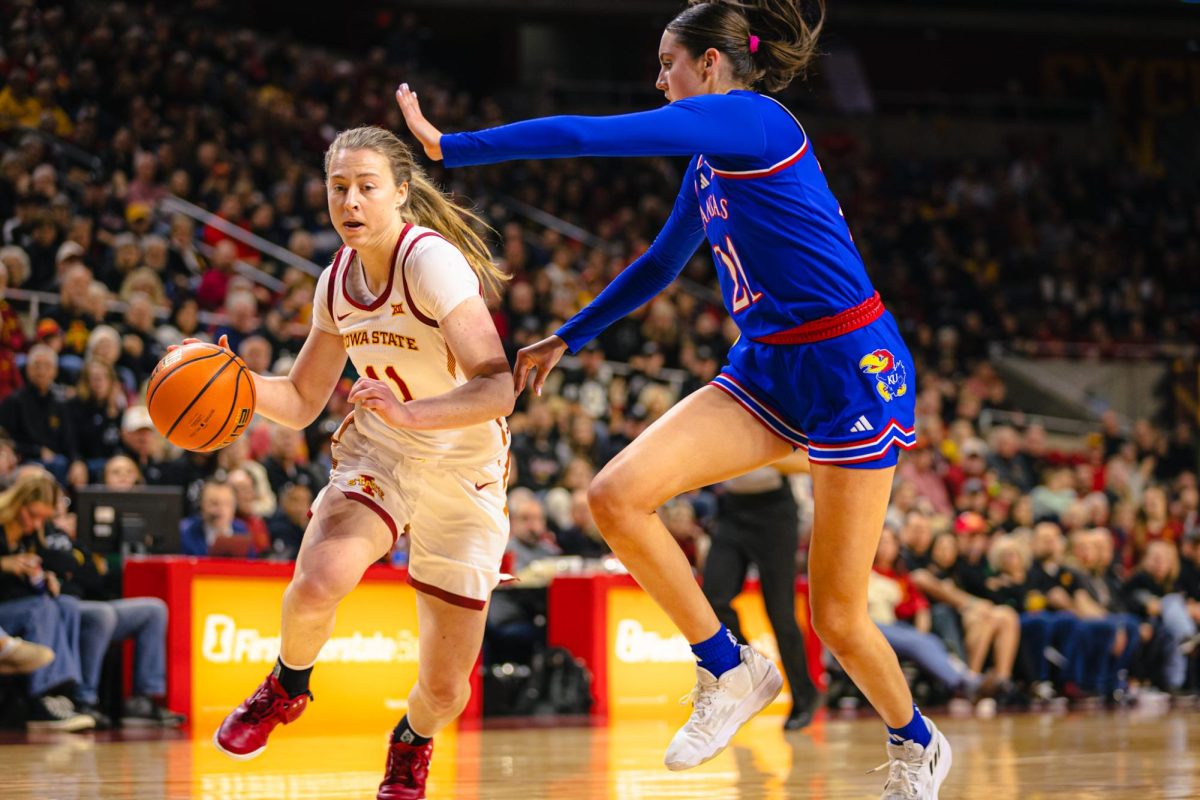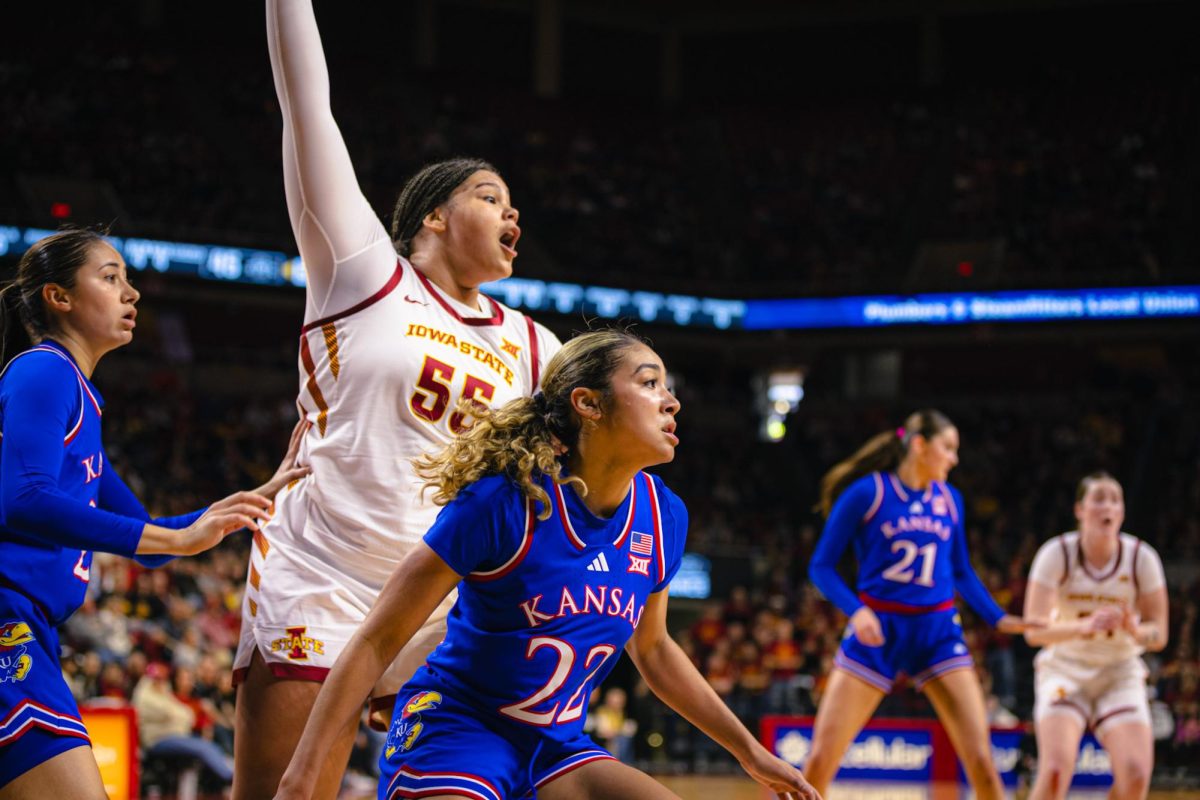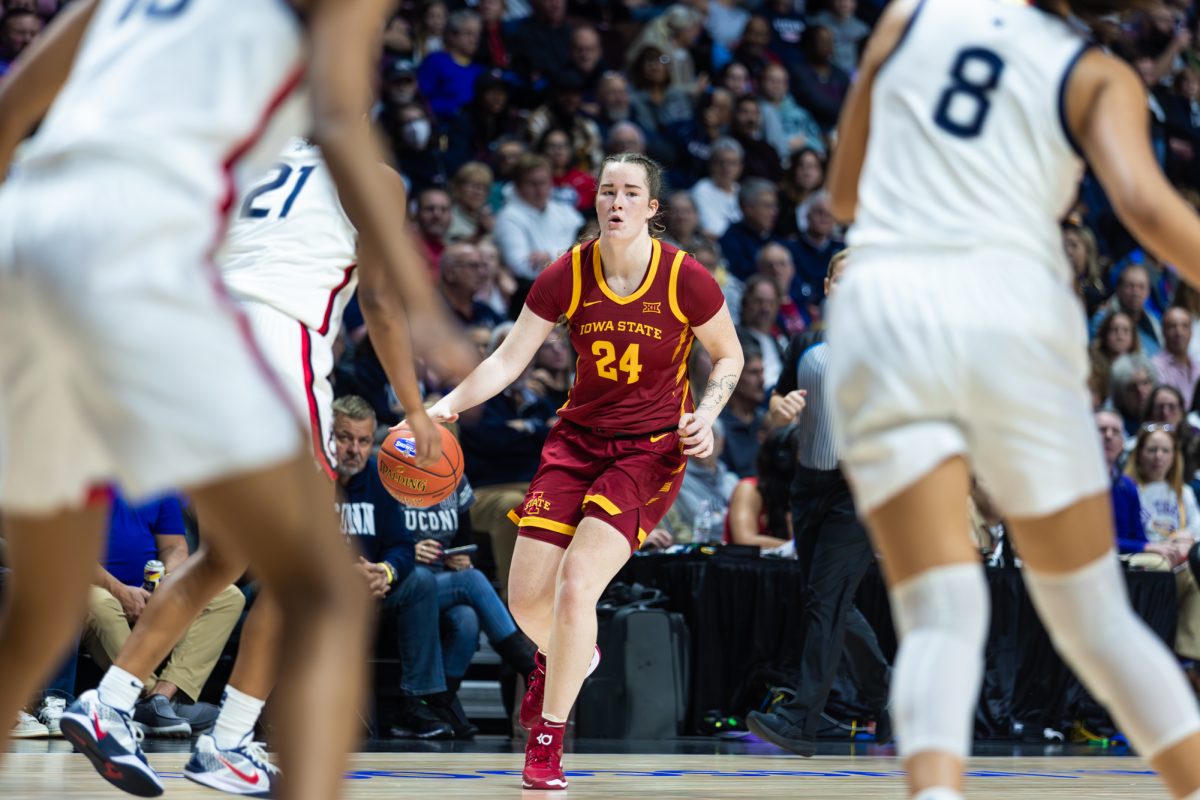Editorial: GSB has opportunity to empower students
April 10, 2012
Spring semester and the school year may be winding down, but the new officers of our Government of the Student Body, executive and senate alike, have assumed their offices and begun meeting in their new sessions. It is at this point in the year when the new members are feeling each other out, building relationships and experimenting with new policies.
Involving students in GSB was a key campaign issue for both tickets in the election for GSB president and vice president. Both slates of candidates advocated measures that would involve GSB senators with their constituencies, clubs and ordinary students. Both Swanson-Bartholomew and Knight-Brown wanted to increase public awareness of GSB’s activities.
As Jared Knight, now the GSB president, told this Editorial Board, there should be input from everyone. GSB, he said, should be bigger than its members. At that same meeting, Katie Brown, now vice president of GSB, said that enhancing the value of students’ Iowa State adventure required talking to them, that GSB’s role should include finding out what is pertinent or important to students.
Interaction between GSB and students, and fulfillment of GSB’s role as an advocate for students, requires participation by both sides. Outreach alone is insufficient.
We ask, how better to improve the ability of ordinary students engaging GSB on the issues important than by making available such things as — in advance of senate and committee meetings — schedules, agendas, bills to be introduced and debated, minutes of previous meetings and future schedules on the public website?
Making that information available would not only improve GSB relations with the student body of which it is the government, it would allow students to take oversight into their own hands. Indeed, true oversight will not exist until students rely only on themselves to obtain information regarding the times, places and contents of GSB meetings.
Certain members of GSB may be willing to forward interested students and organizations important information, but true transparency and, therefore, accountability and participation, will not exist until students can find the information themselves.
Such improvements to their website are some things GSB can do to facilitate participation in student government. In 2009, 2,149 students voted for GSB president and vice president. In 2010, that number rose to 3,824. In 2011 it fell, to 2,978 voters for president and vice president. This year, it fell again, to 2,652 votes cast for an executive ticket.
One wonders how much of that decline in electoral participation is due to the opaqueness of GSB’s proceedings and priorities that has resulted from the simple technological failure to create and maintain a good website. The time for these changes is now, as the new members of GSB are acclimating to their offices, and this summer, when there will be time for experimentation.





